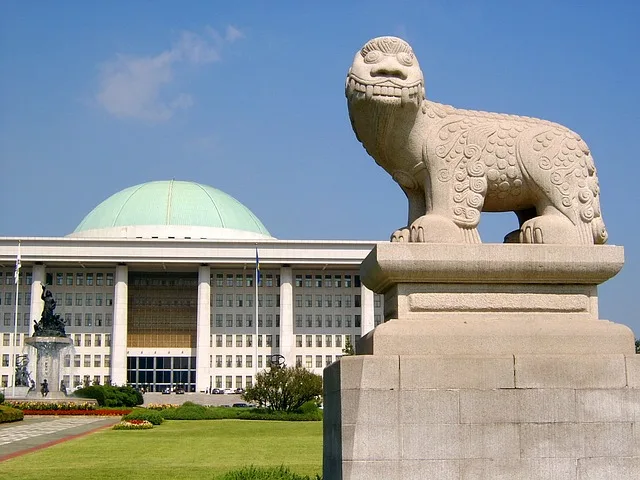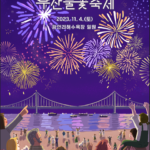Historically renowned as South Korea’s maritime hub, Busan, the nation’s second-largest city, now stands at a pivotal juncture. Significant population fluctuations post the 20th and 21st legislative elections are shaping not just its urban landscape but also its political dynamics. As certain locales witness noticeable depopulation, the burning question arises: how will this demographic evolution impact the city’s political representation? Accurate political representation ensures that the concerns and needs of local communities are addressed at the national level, making these demographic shifts even more critical.
Electoral Confusion in Nam-gu
With the legislative election just six months away, Nam-gu is plunging into electoral confusion. Both its subdivisions are teetering on the brink of falling below the minimum population threshold. Although there were early speculations that the districts would merge, no decision has been finalized, leading to an uncertain situation that feels like they are “merged, yet not merged.”
South Korea’s electoral districting system often divides autonomous districts into separate electoral sub-districts, typically denoted as ‘Gap’ (A) and ‘Eul’ (B). These sub-districts are formed to ensure equal representation, especially in areas with larger populations. When a district’s population dwindles, the two sub-districts might merge to maintain proportional representation.
Currently, in Nam-gu, Park Soo-young of the People Power Party represents the Gap (A) constituency, while Park Jaeho of the Democratic Party of Korea serves the Eul (B) constituency. The overall population of Nam-gu has been on a decline, suggesting the possibility of a merger with another neighboring district. If this trend continues, Nam-gu might revert to its configuration from the 16th legislative election when it was a standalone district in Busan.
Busan’s Declining Population
According to 2022 population statistics, Busan is home to 3,367,246 residents, accounting for 6.40% of the nation’s total. Alarmingly, this marks a 0.85% decrease from the previous year. This decline not only raises questions about political representation but also impacts urban planning, economic growth, and infrastructure investments.
Challenges in Other Districts
Outside of Nam-gu, Busan’s other districts aren’t immune to these challenges:
Downtown Area and Saha-gu: The downtown region, once Busan’s heartbeat, has observed a significant population decrease since major institutions relocated in the late 1990s for various economic and logistical reasons. Similarly, Saha-gu’s dwindling numbers have sparked discussions on adjusting boundaries, which might challenge the ‘no division of autonomous districts’ principle in the Public Office Election Act.
Buk-gu and Gangseo-gu: Buk-Gangseo-Eul (North-Gangseo-B) district has been flagged by the National Election Commission for violating the districting standards. The Public Official Election Act primarily prohibits dividing a single autonomous district or parts of cities and counties into other representative districts. However, exceptions exist if the district’s population doesn’t align with the set range. Though Gangseo-gu once had this exception due to population under-representation, increasing inhabitants nullified the grounds for the exception. Even if Gangseo-gu becomes an independent electoral district, Buk-gu would have to divide into ‘Gap’ and ‘Eul’ since its population of 278,575 exceeds the upper limit by over 7,000.
Dongnae-gu: Dongnae-gu, with a January population of 273,177, exceeded the electoral upper limit. Yet, splitting both Dongnae and North-Gangseo districts is improbable since the Election Commission suggests two fewer districts (16 total) for Busan. Amidst Nam-gu’s probable merger, either Buk-Gangseo or Dongnae might split to retain Busan’s total seat count.
Future Implications
Busan’s populace continues its outward migration to areas like Myeongji International New Town in Gangseo-gu, Jeonggwan New Town, and Ilgwang New Town in nearby cities. Consequently, central districts like Jung-gu, Dong-gu, Seo-gu, Nam-gu, and Yeongdo-gu are grappling with significant population reductions.
Ensuring fair representation for Busan’s residents in the 22nd Legislative Election poses a formidable challenge. Busan’s policymakers must now make decisions to reshape the electoral landscape, aiming to reflect the city’s evolving demographics. While Busan faces immediate challenges, its resilience and adaptability might pave the way for innovative solutions that other cities could emulate.



